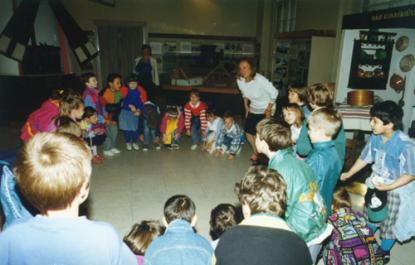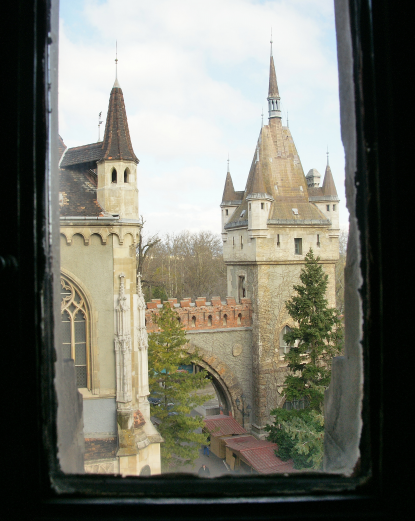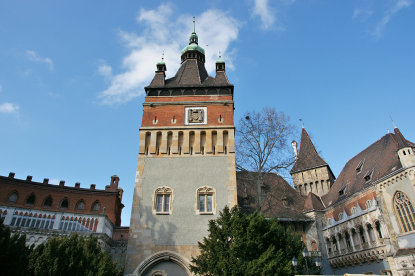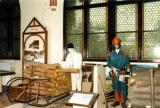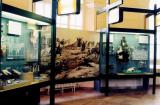2025. November 17. Monday
Museum and Library of Hungarian Agriculture - Budapest
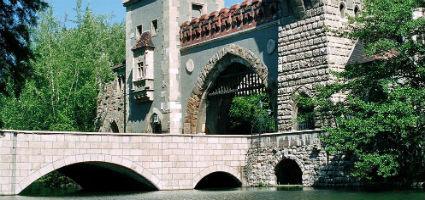 |
Address: 1146, Budapest Városliget, Vajdahunyadvár
Phone number: (1) 363-1117
E-mail: info@mmgm.hu
Opening hours: 01.03-31.10.: Tue-Sun 10-17
01.11-28.02.: Tue-Fri 10-16, Sat-Sun 10-17 |
The biggest agricultural museum of Europe was founded in the Vajdahunyad Castle of the City Park, Budapest. The building itself is unique; too, for its architect Ignác Alpár merged various styles by using single parts of significant buildings found in Hungary at the time. The building had originally been built for the Millennium Exhibition and has given place for the Museum of Hungarian Agriculture (founded in 1896) since 1897.

